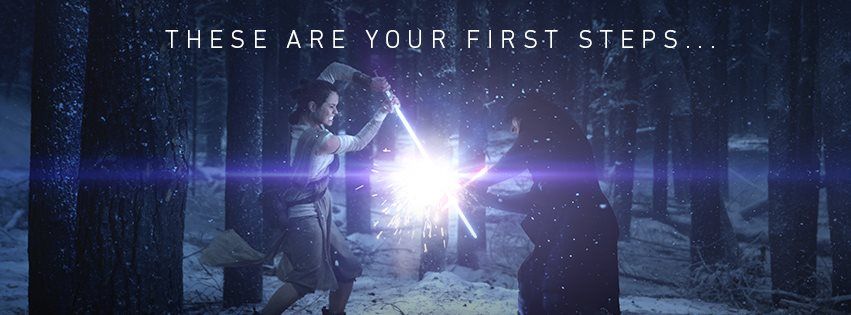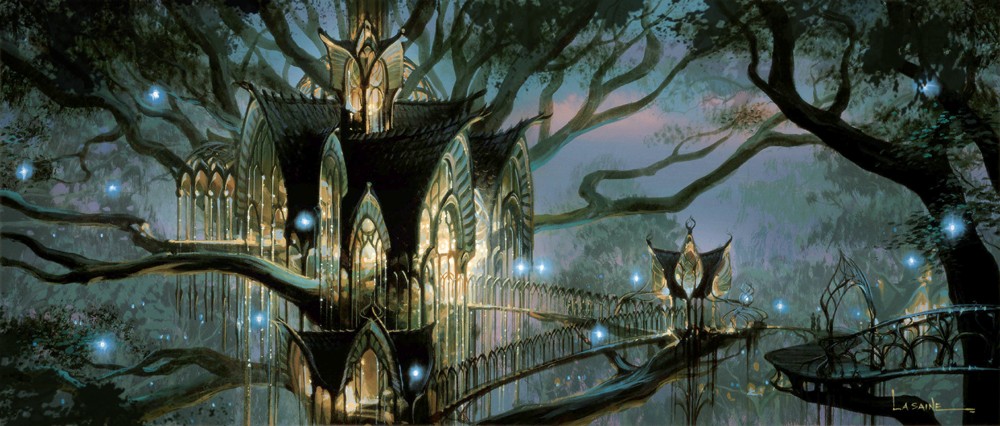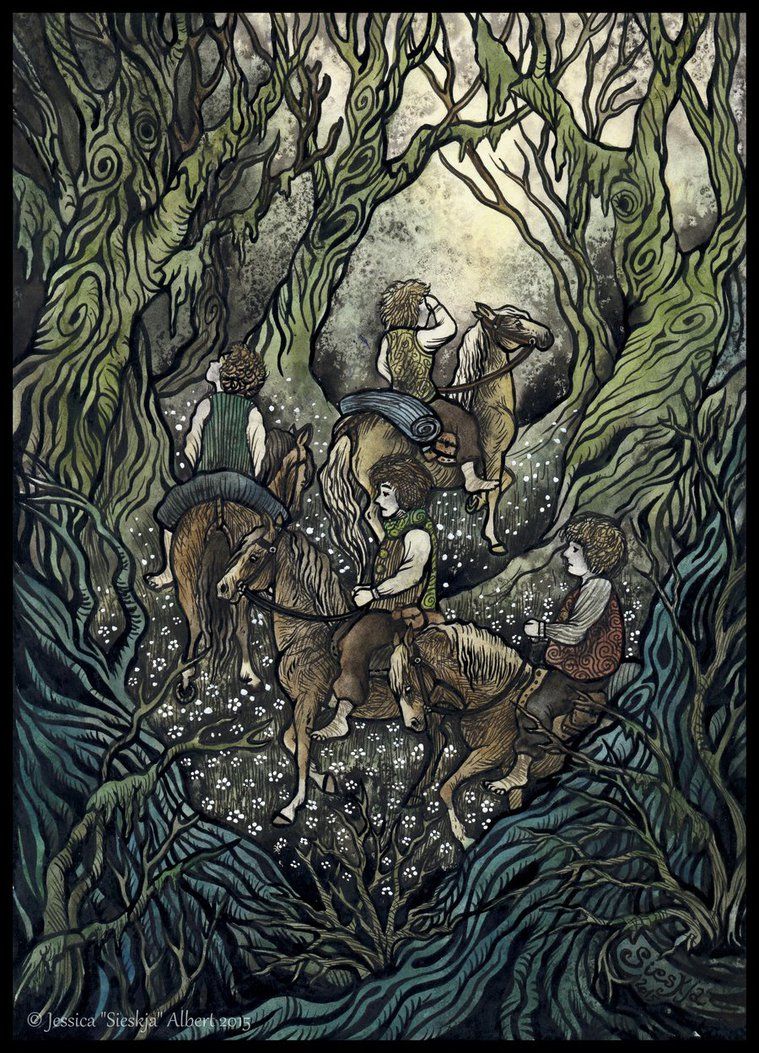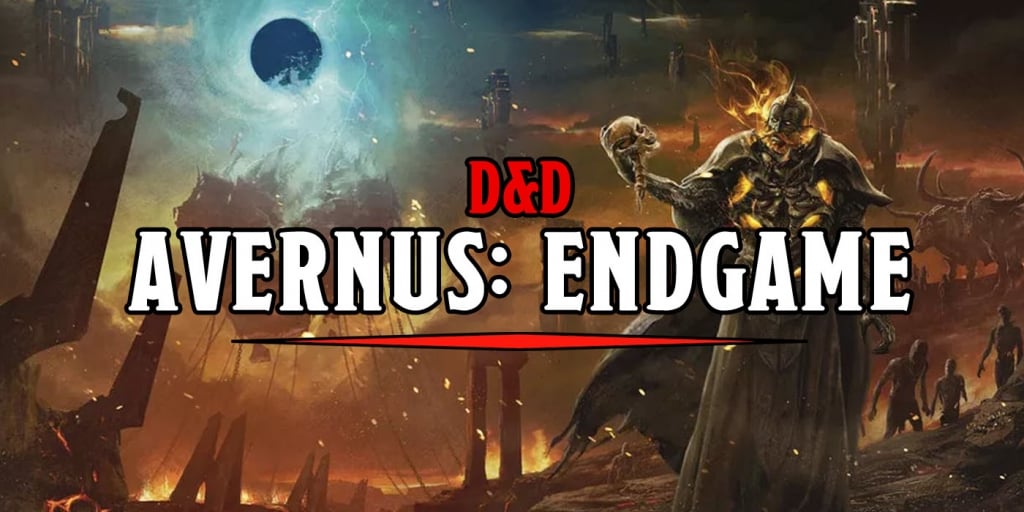RPG: World Building Workshop-Advanced Forestry
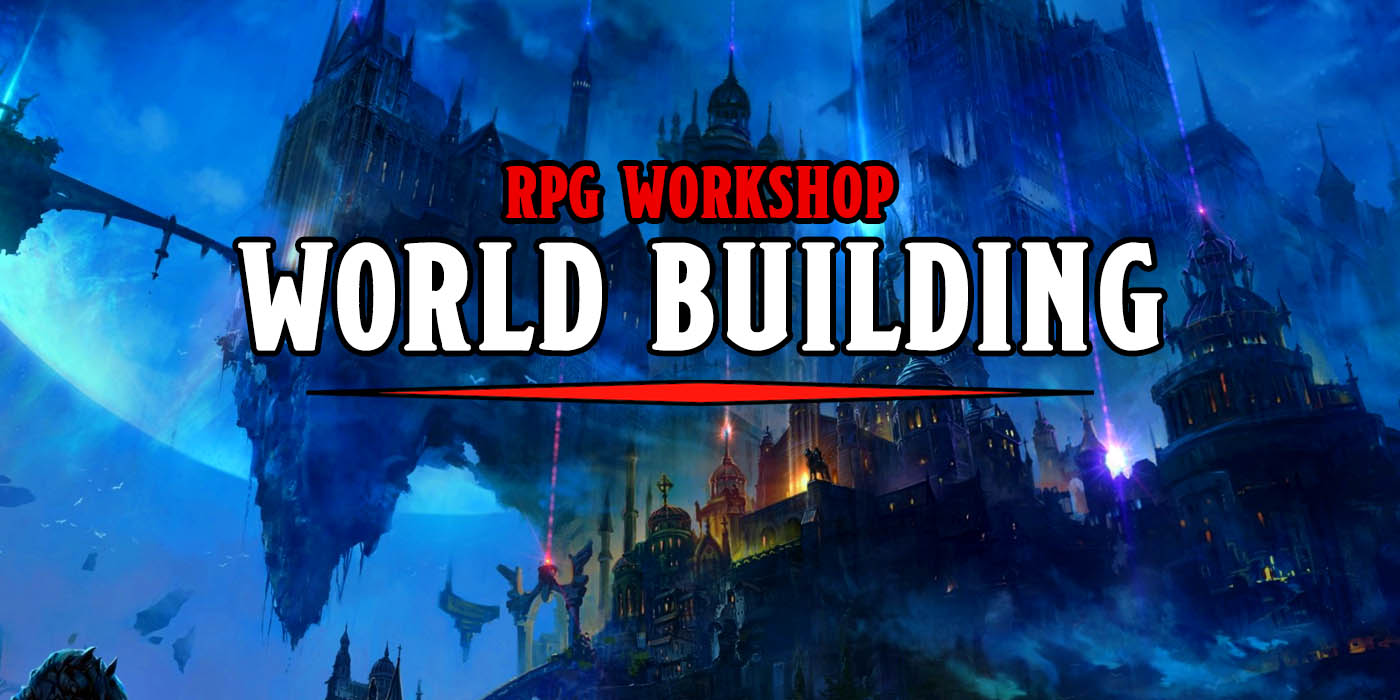
Gamemasters, let’s talk about how advanced aspects of forests, making them moody and mythic.
There comes a time in almost every DM’s life when they want to move beyond the existing settings and create one of their own. Maybe you have an amazing story to tell, and it needs its own world to be told in. Perhaps you have a super awesome idea for a world and want to run adventures in it. Maybe you just like making up settings. Whatever the impetus, creating your own setting can be fun and rewarding both to you and your playgroup. In this ongoing series, we will look at the steps you can take to create your own setting (a process known as world-building), and we’ll look at some tips and tricks of excellent world-building and some common mistakes people make. Along the way, we will build our own setting and world.
Welcome to World Building Workshop, let’s get started.
The Groundwork
Last time on World Building Workshop, we talked about using forests in your map. We covered why they are important and some types you can use. However what we mostly covered was related to real life and mundane forests. This might be all we needed to talk about if we were just building a historical kind of world, but for a fantasy world we need to go a little deeper. Let’s talk about giving your forests a mood and character and even making them mythic.
Fantasy Woods and Mood
In a fantasy setting woods, and forests, are rarely simply a large collection of trees. Forests are one of the most important setting for fantasy stories, and often can be a character in their own right. In fantasy, and stories in general, forests represent a linimal space, where characters go to have a adventures and change, they often represent the antithesis of civilization. It’s because of this function that you can find so many stories where the heroes leave the town or city to go into the woods to have their adventures. Thus for your fantasy setting woods are important for much more than their simple geography.
Looking at fantasy stories you can often see how woods have their mood or character, that is separate form their ecology. If we look at Lord of the Rings for instance, the Old Forest, Fangoren Forest, Lothlórien and Mirkwood (or Greenwood the Great) are all ecologically similar but have very different feels and purposes in the story and world building. Since the “mood: of your forest can effect world building a lot its something to think of when putting your woods down at the start.
Forest Mood Types
Lets take a quick look at some of the types of “moods” your forest might have:
- The Old Forest/Primordial Wood: Again think the the Old Forest from Lord of the Rings, or the fairy tale version of the Black Forest. This is an old, mysterious wood. It’s not necessarily dangerous, but its filled with Old Things (TM). These are characters or beasts from legend, that might no longer be thought to belong in the world. This forest normally serves as a border between home and the outside world (as it does in Lord of the Rings).
- The Elfwood: The Ur-example of an Elfwood is of course Lothlorien from Lord of the Rings. This is not just a forest, but the domain of the Elves. It’s a bright and magical place, filled with wonder. It’s often a safe haven from danger, and normally serves as a resting point in an adventure, rather than an adventure on its own. In a larger setting it can be its own Kingdom, and unlike most forests, play a political role. The Elfwood is often filled with magic and reminds players either of better times and world that may be fading. Fairies or other Fea creatures can take the place of Elves here.
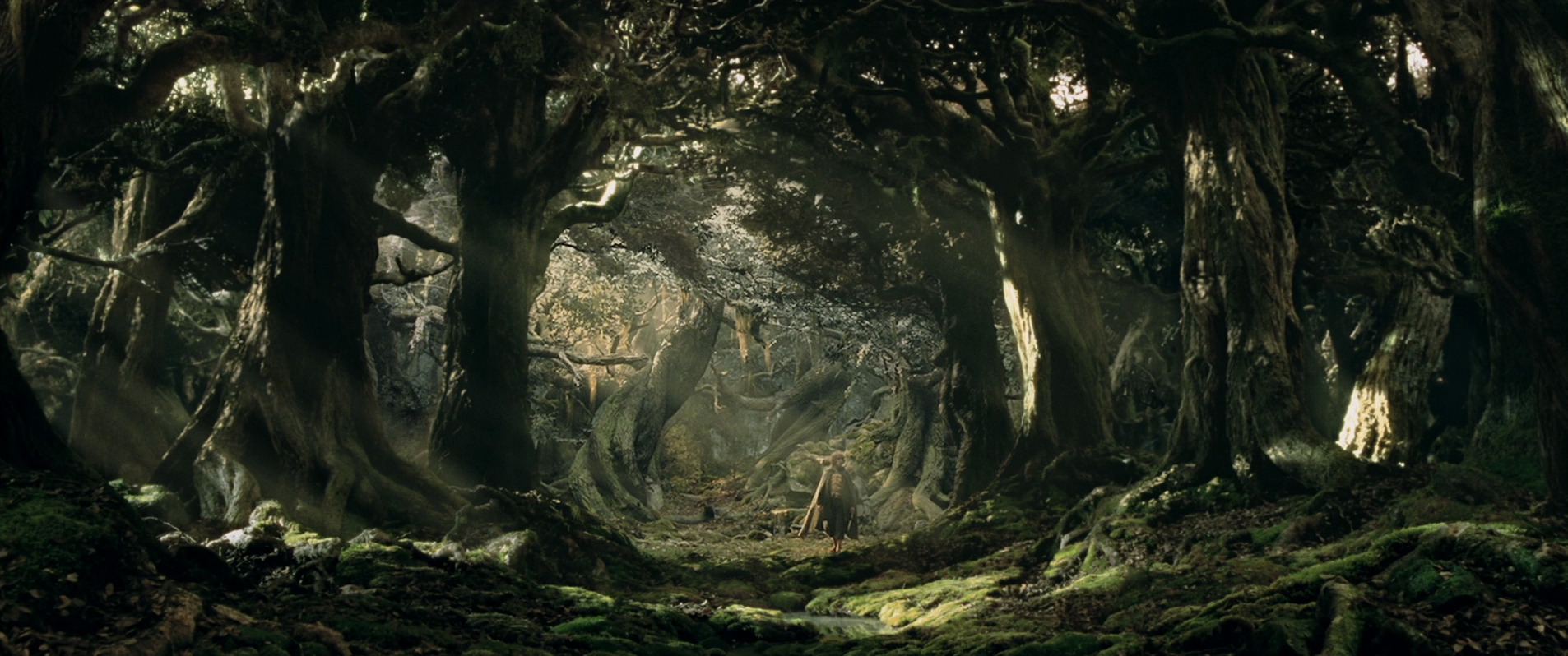
- The Living Wood: This is a Forest that is at least partially literally alive, think Fangron from Lord of the Rings. This is a forest with some mystical creatures and a will of its own. The beings in in it are normally not organized enough to be a kingdom of their own. It’s normally somewhat dangerous for “people” to travel through it. Its a great forest for telling stories of civilization vs nature.
- The Cursed Woods: These are your menacing sometimes Evil Woods. They are outright dangerous and have been corrupted by something. Mirkwood in the Hobbitt, corrupted by the Necromancer, is a great example of this type of wood. There is going to be a high level of danger here. This wood can have either always been cursed or it could have become that way due to outside forces.
- The Common Wood: Of course your forest doesn’t have to be special, sometimes its just a forest.
- The Forest of Adventure: This one could cross over with the others, buts more your classic woods full of adventure. While their are no mystical elements to the woods, it still full of things to do, Outlaw Bands haunt the trees, hermits and wizards live in each glen and dell, woodcutters and monks wander around and a great Bear has it lair here. Think Sherwood Forest.
Make Your Own Mood
These are just a few of the kinds of “moods” you can use on your forest. You can feel free to mix and match ecological types and mood types to your hearts content. Because the mood can play heavily into your story its important to think about it early on.
Let us know what your favorite “mood” for a forest is, down in the comments!

